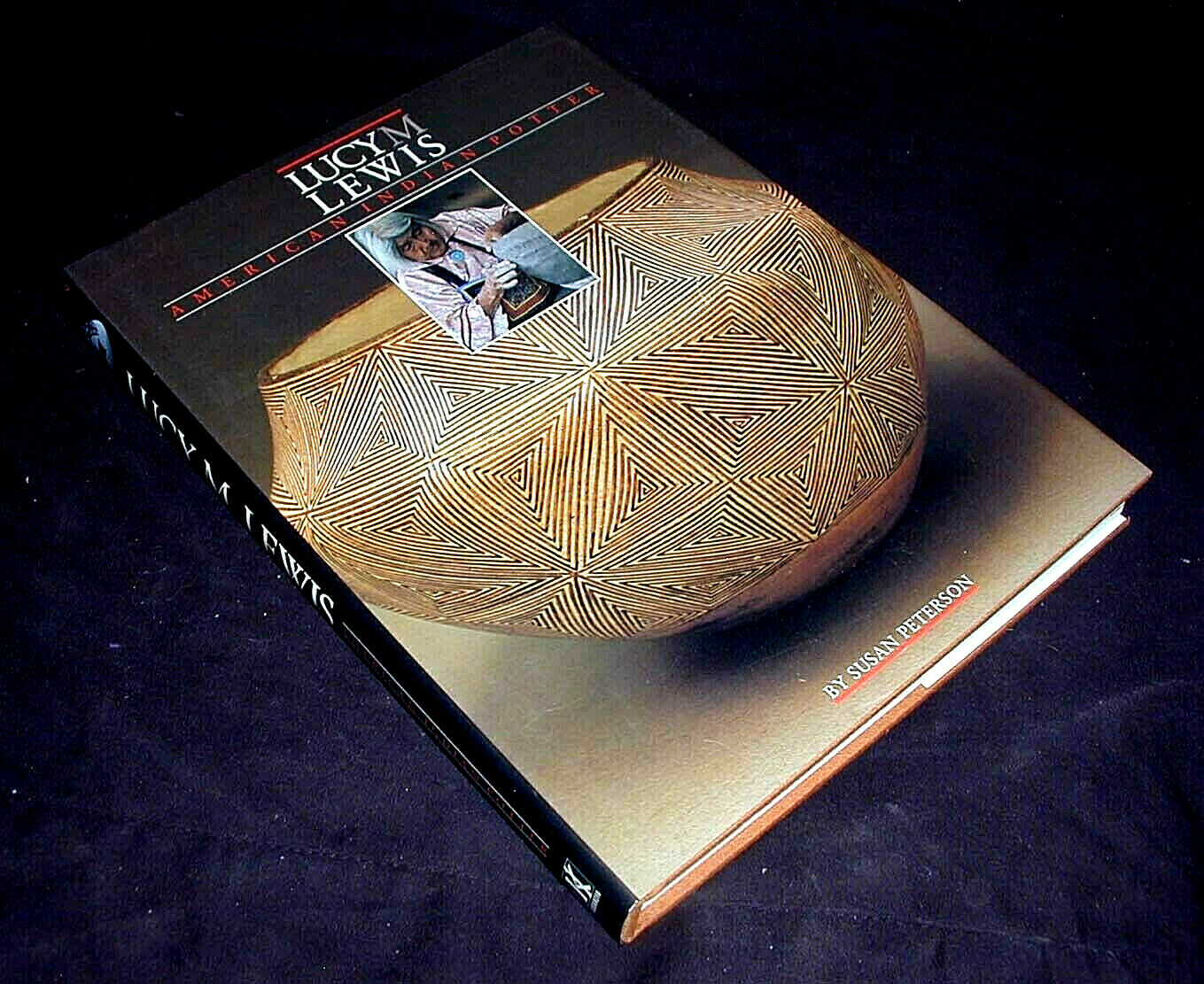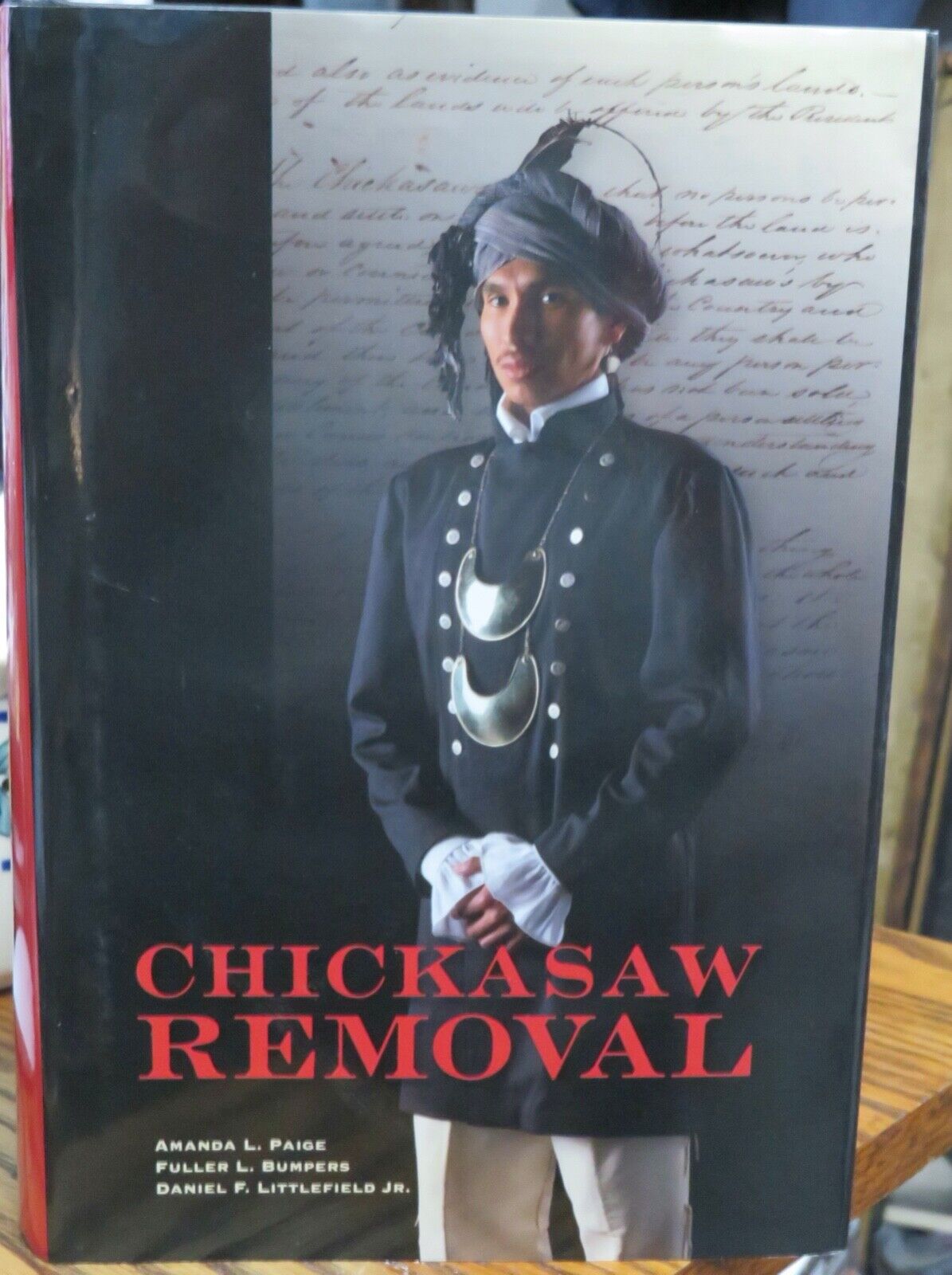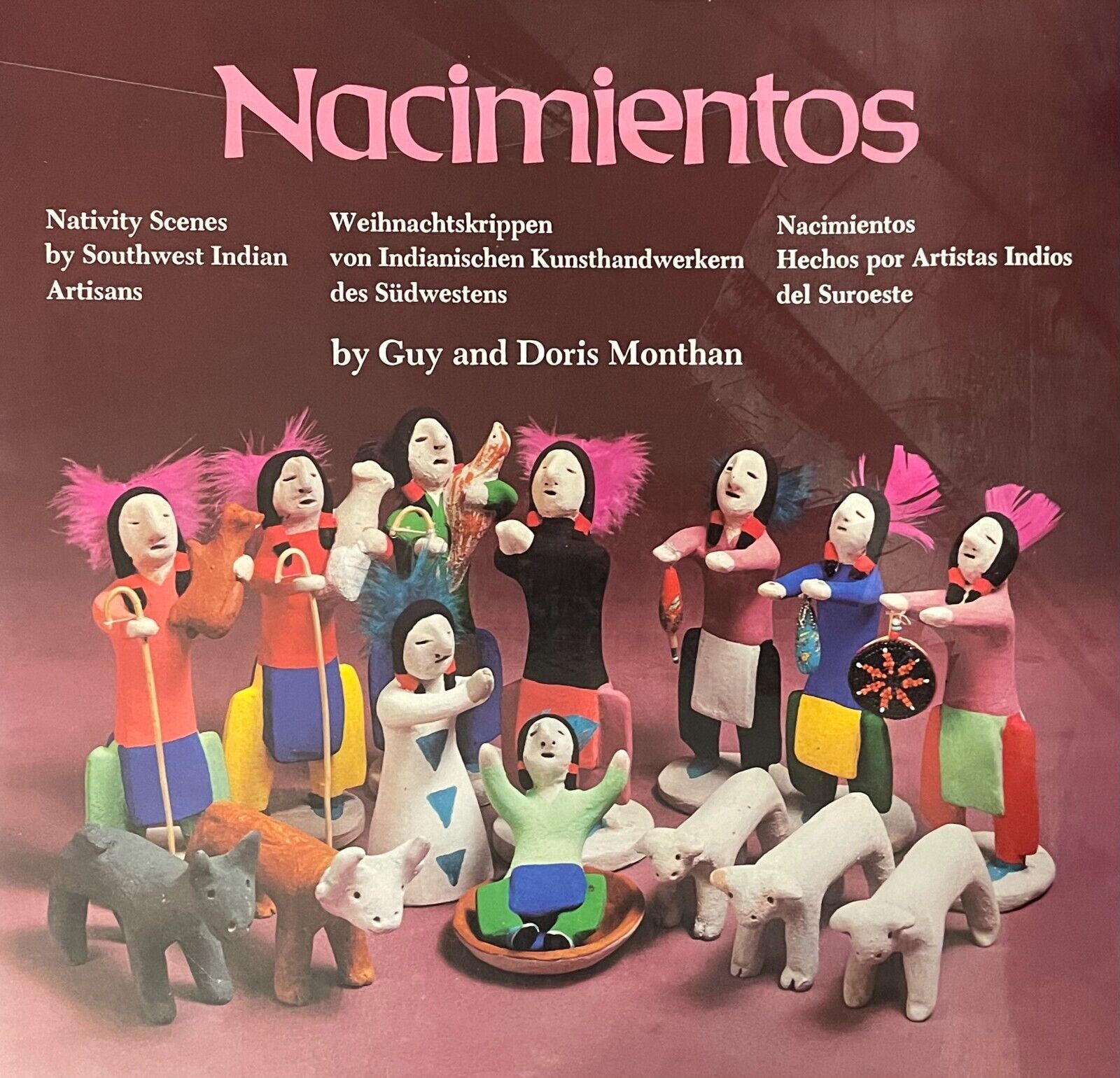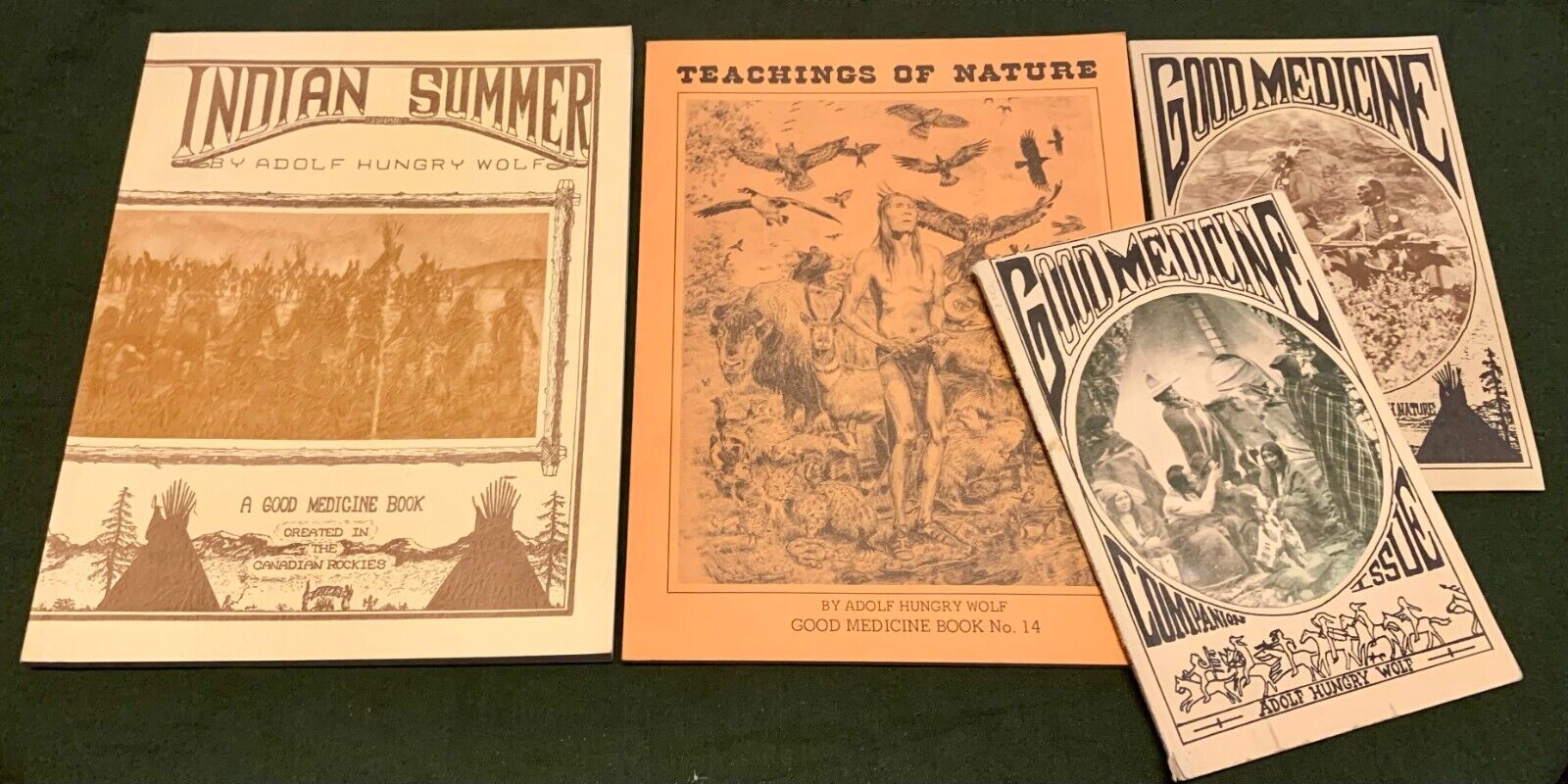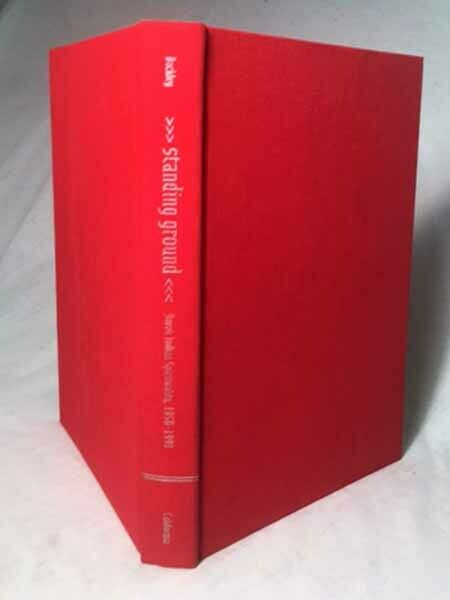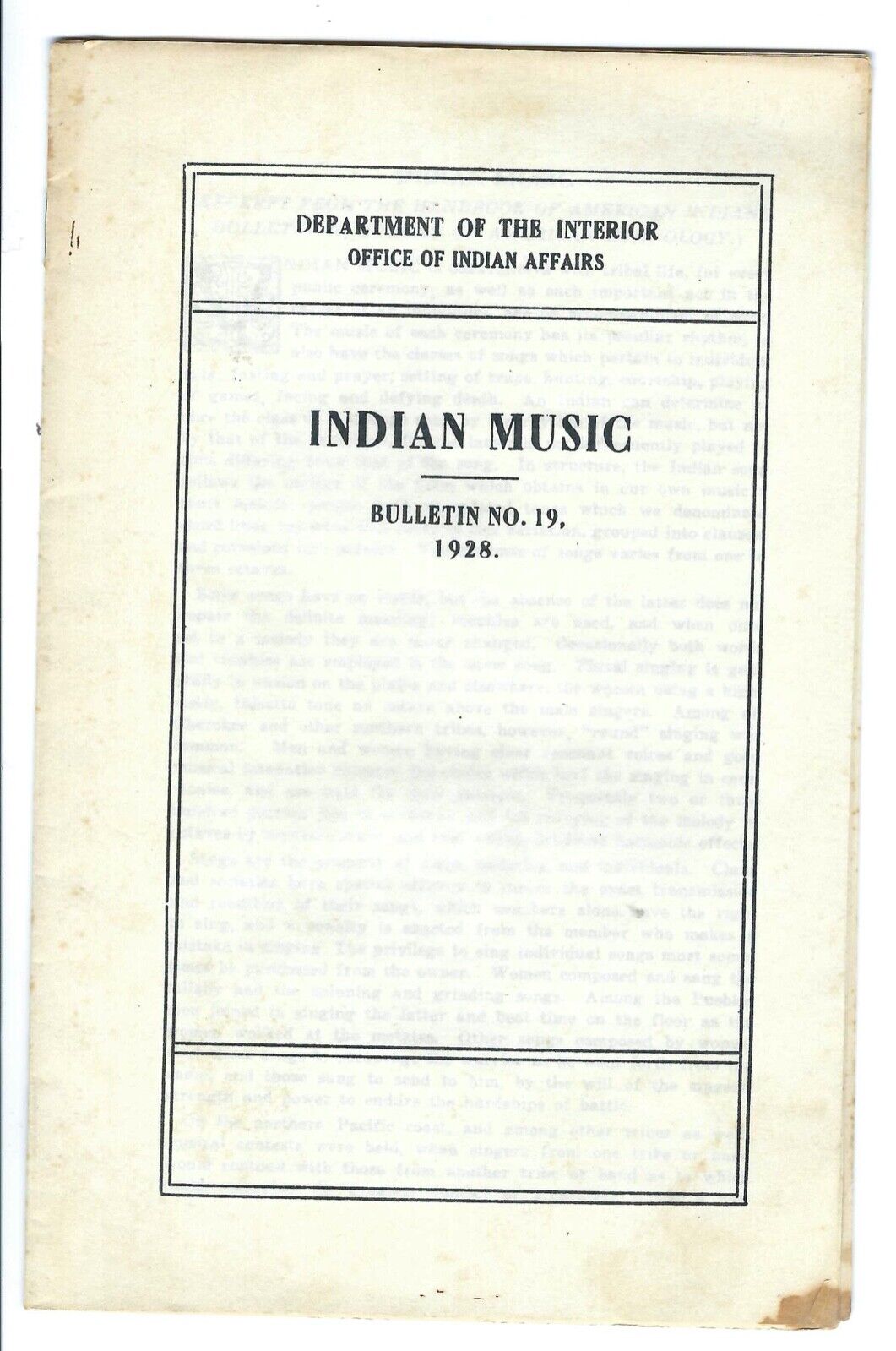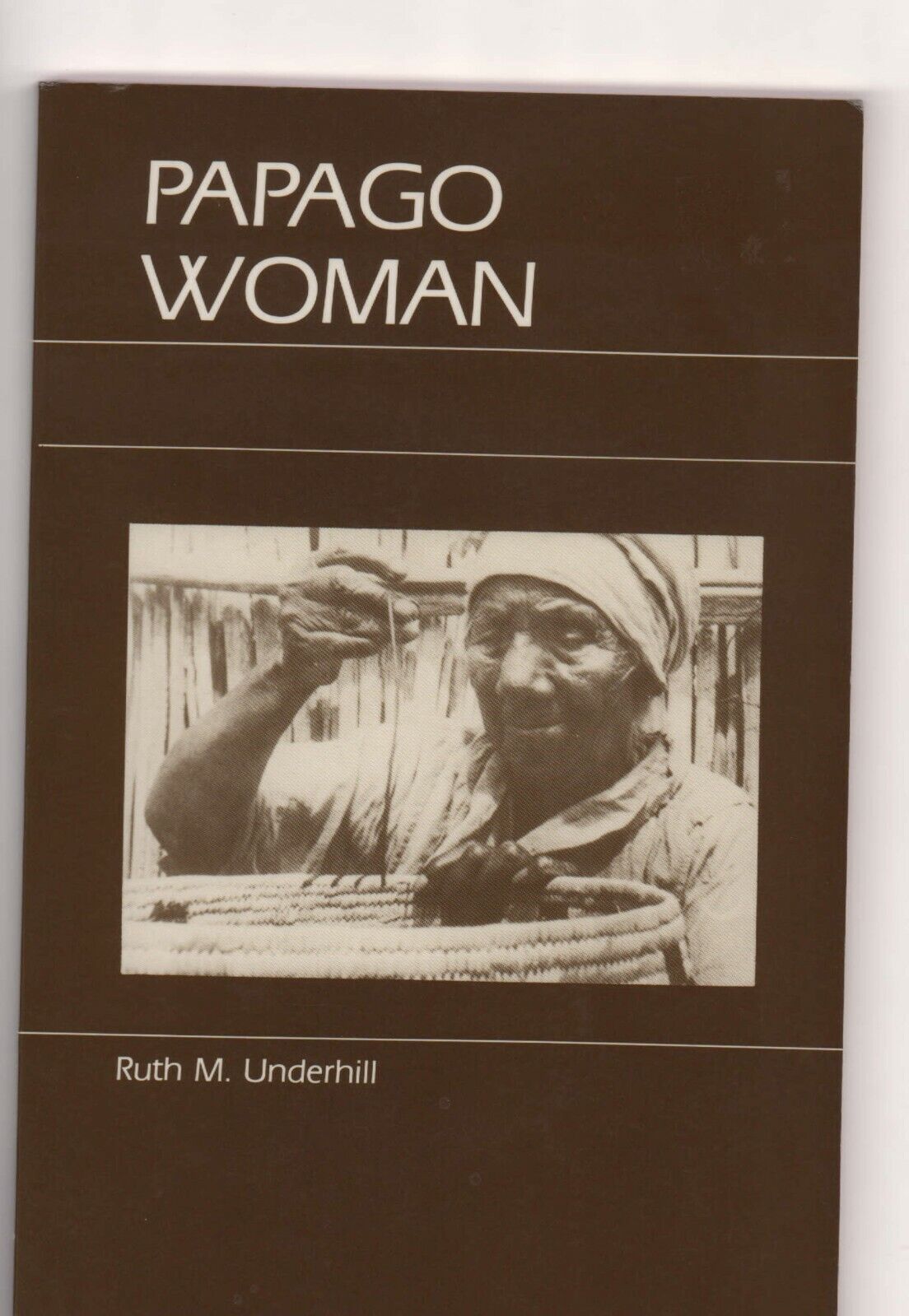-40%
20% OFF Acoma Pueblo Biography LUCY M. LEWIS 'Signed by 6 Family' 12" x 9.25"
$ 66
- Description
- Size Guide
Description
20% OFFORIGINAL AND VINTAGE
.............
LUCY M. LEWIS
............
'BIOGRAPHY - PETERSON' 1, 1984, KODANSHA, DUST JACKET, 12" x 9.25".............
SIGNED BY 6 FAMILY MEMBERS...............
This is a 12" x 9.25" Original and Vintage first edition of 'Lucy M. Lewis', 1898-1992, by Susan Peterson with a signature by Lewis and 6 family members, and Peterson. 218 pages. Fully illustarted. Fine condition. Fine dust jacket.
The Biography Follows:
Lucy Martin Lewis (1890/8–March 12, 1992) was a Native American potter from Acoma Pueblo, New Mexico. She is known for her black-on-white decorative ceramics made using traditional techniques.
Lucy Martin Lewis was born in Sky City, a mesa in Acoma Pueblo, New Mexico to Lola Santiago and Martin Ortiz. Though she celebrated her birthday on November 2, her birth year, while unknown, was probably in the 1890s.
Lewis began making pottery at age eight, after studying with her great aunt, Helice Vallo. Both of her parents occasionally worked in the nearby town, Grants. Her early pottery was made for tourists. The ash-bowls were easily made and sold for five or ten cents.
In the late 1910s, Lewis married Toribio 'Haskaya' Luis. The family named was changed to Lewis when the oldest son, Ivan went into the marines during World War II. She had nine children, seven of which went on to become potters.
Her work began to be recognized in 1950 when she won the a blue ribbon at the annual Gallup Intertribal Ceremonial. After the Gallup prize, Lewis began to sign her work, an act which created controversy within the Pueblo community.
Her work continued to gain recognition and her pieces now reside in many prominent museums including The National Museum of Women in the Arts, Cooper Hewitt, and the American Art Museum.
Lewis's pottery is made from a gray claybody and formed by hand using coils. After the pot is shaped and dried, a white slip is applied. Without the slip the mineral paints would run off the pot. Next the design is applied using mineral paints and a brush made from yucca holds more paint and makes finer lines than regular brushes bought at a store. Finally on a day when the weather is right for a firing, a small number of finished pieces are carefully pit-fired. Results are rarely 100%. Some pieces will end up cracked, the background on others will be gray rather than white (these will need to be refired), but a few will be wonderful. After going through this process one learns why these pieces should be well taken care of and carefully preserved. Lewis's pottery featured innovative designs and she has been compared to Pablo Picasso.
Lewis was known for the animals, and line designs she drew on her pottery. Her work is influenced by the color of the sky, along with her Native American culture. Lewis was mostly self-taught and her art was natural and innate. Lewis specialized in small pots that were usually six to twelve inches in height. In 1992, the price range for her pottery was listed as between one hundred and several thousand dollars. Lewis' tribe, the Acomas, considered the clay she used for her pottery to be sacred. The creation of a single pot could take as long as two to three weeks. In 1983, Lucy Lewis was given New Mexico's Governor's Award for outstanding personal contribution to the art of the state. In 1977, she was invited to the White House. Her work is part of the permanent collection of the Smithsonian Institution. Her designs are inspired by Anasazi and Mogollon culture potsherds.
Lewis did not speak English. Her final art show was the 1991 SWAIA Indian Market in Santa Fe, New Mexico.
Native American pottery making is passed down the matriarchal line, mothers, grandmothers, and aunts teach kin.
Notable collections:
Her work is in the collections of the Smithsonian Institution and the National Museum of the American Indian, as well as the Fred Jones Jr. Museum of Art, Museum of North Orange County, Lowell D. Holmes Museum of Anthropology, National Museum of Women in the Arts, and others.
As ever this is guaranteed 100% money back, to be as represented.
